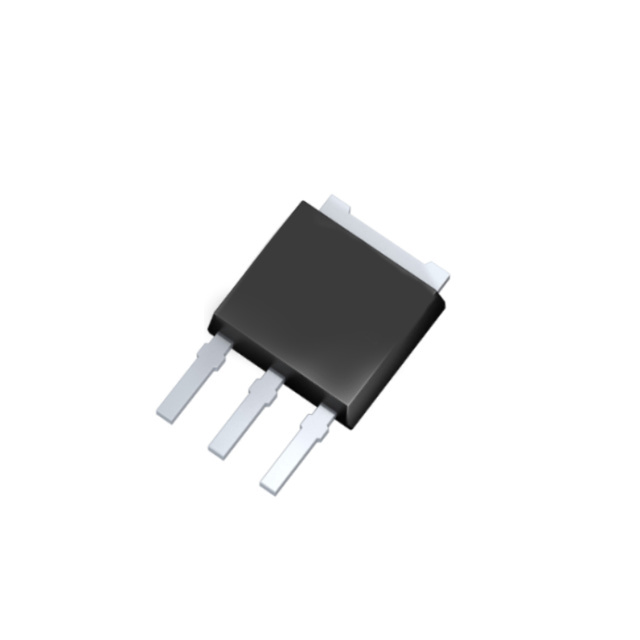
IPS60R360PFD7SAKMA1
ObsoleteCOOLMOS™ PFD7 N-CHANNEL SUPERJUNCTION MOSFET 600 V ; IPAK SL TO-251 SL PACKAGE; 360 MOHM; PRICE/PERFORMANCE
Deep-Dive with AI
Search across all available documentation for this part.

IPS60R360PFD7SAKMA1
ObsoleteCOOLMOS™ PFD7 N-CHANNEL SUPERJUNCTION MOSFET 600 V ; IPAK SL TO-251 SL PACKAGE; 360 MOHM; PRICE/PERFORMANCE
Deep-Dive with AI
Technical Specifications
Parameters and characteristics for this part
| Specification | IPS60R360PFD7SAKMA1 |
|---|---|
| Current - Continuous Drain (Id) @ 25°C | 10 A |
| Drain to Source Voltage (Vdss) | 650 V |
| Drive Voltage (Max Rds On, Min Rds On) | 10 V |
| FET Type | N-Channel |
| Gate Charge (Qg) (Max) @ Vgs | 12.7 nC |
| Input Capacitance (Ciss) (Max) @ Vds | 534 pF |
| Mounting Type | Through Hole |
| Operating Temperature [Max] | 150 °C |
| Operating Temperature [Min] | -40 °C |
| Package / Case | IPAK, TO-251-3 Short Leads, TO-251AA |
| Power Dissipation (Max) | 43 W |
| Rds On (Max) @ Id, Vgs | 360 mOhm |
| Supplier Device Package | PG-TO251-3 |
| Technology | MOSFET (Metal Oxide) |
| Vgs (Max) | 20 V |
| Vgs(th) (Max) @ Id | 4.5 V |
Pricing
Prices provided here are for design reference only. For realtime values and availability, please visit the distributors directly
| Distributor | Package | Quantity | $ | |
|---|---|---|---|---|
Description
General part information
IPS60R Series
The 600V CoolMOS™ PFD7 superjunction MOSFET (IPS60R360PFD7S) completements theCoolMOS™7 offering for consumer applications. The IPS60R360PFD7S in a TO-251 IPAK SL package features RDS(on)of 360mOhm resulting in low switching losses. The products come with a fast body diode ensuring a robust device and in turn reduced bill-of-material (BOM) for the customer. This product family is tailored to ultrahigh power density as well as highest efficiency designs. The products primarily address ultrahigh density chargers, adapters and low-power motor drives. The 600V CoolMOS™ PFD7 offers improved light- and full-load efficiency overCoolMOS™P7 and CE MOSFET technologies resulting in an increase in power density by 1.8W/inch3.
Documents
Technical documentation and resources


